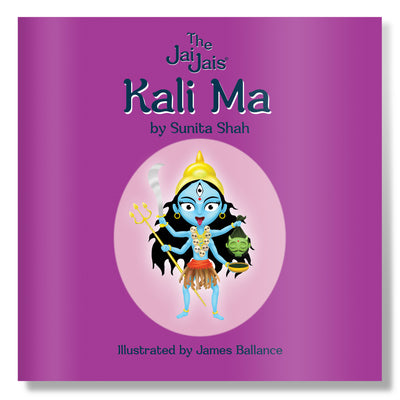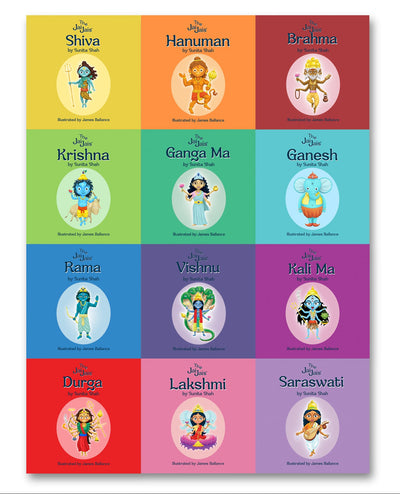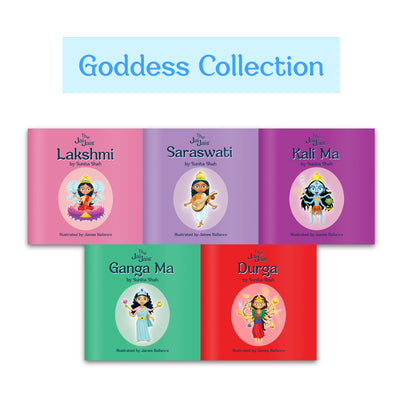Kali Ma… Visually a scary looking goddess with her tongue protruding, large shimmering eyes, skulls around her neck, a skirt of arms, holding a severed head! Kali Ma the goddesses of time and change. Kali Ma has been misrepresented into a scary tantric goddess, but what are the truths behind the goddess? Kali comes from the Sanskrit root word ‘Kal’ which means time. Her symbols are flowers, dance, iron, swords, peacock feathers and honey. Even in destruction, she reminds us that good really can come of bad situations. If you find your hopes and dreams have been crushed, Kali can change the cycle and produce life out of nothingness. Where there is sorrow, She dances to bring joy. Where there is fear, She dances in courage.
The Encyclopaedia Britannica is mistaken in the following quote, "Major Hindu goddess whose iconography, cult, and mythology commonly associate her with death, sexuality, violence, and, paradoxically in some of her later historical appearances, motherly love." It is partly correct to say Kali is a goddess of death but she brings the death of the ego as the self-centred view of reality.
=== split content ===
kali-ma
=== split content ===
Kali Ma’s symbolism, In her left hands, Kali ma goddess carries a sword of knowledge to destroy ignorance and a severed head which represents liberation from the ego, or attachment to the body. Kali’s two right hands are shown in abhaya mudra (fearlessness), and varada mudra (blessings). She is most popularly depicted with four arms, though sometimes with ten. Her ten armed form is called Mahakali, and her ten arms are depicted holding many different ritualistic objects and weapons, each of which represent the power of one of the Devas. This implies that Mahakali is responsible for the powers of each of these deities.
Kali Ma wears a garland of skulls and a skirt of dismembered arms because the ego arises out of identification with the body. She destroys our attachment to the temporary body, and reminds us to enjoy the beauty of life, because death is certainly coming. The garland and skirt are trophies worn to symbolise having liberated her children from attachment to the limited body. She holds a sword and a freshly severed head dripping blood. As the story goes, this represents a great battle in which she destroyed the demon Raktabeej. Her black skin represents where creation arises and into which all of creation will eventually dissolve.
Nowhere in the Hindu scriptures is she seen killing anything but demons, or is she associated with killing humans, like the Hindu god Yama (who really is the god of death). It is true that both Kali and Shiva are said to inhabit cremation grounds and devotees often go to these places to meditate. This is not to worship death but rather it is to overcome the I-am-the-body idea by reinforcing the awareness that the body is a temporary aspect of life. Shiva and Kali are said to inhabit these places because it is our attachment to the body that gives rise to the ego. Shiva and Kali grant liberation by removing the illusion of the ego. (Ref: Devi Press)
To invoke Kali’s assistance in bringing new life to stagnant projects or ruined goals, leave her an offering of honey or flowers, and make this Kali amulet: Take any black cloth and wrap it around a flower dabbed with a drop of honey, saying:
‘Kali, turn, dance, and change, Fate rearrange, End the devastation and strife
what was dead return to life. ’Carry this with you until the situation changes, then bury it with thankfulness.”(Patricia Telesco, “365 Goddess: a daily guide to the magic and inspiration of the goddess”.)
=== split content ===
Kali Ma
=== split content ===












